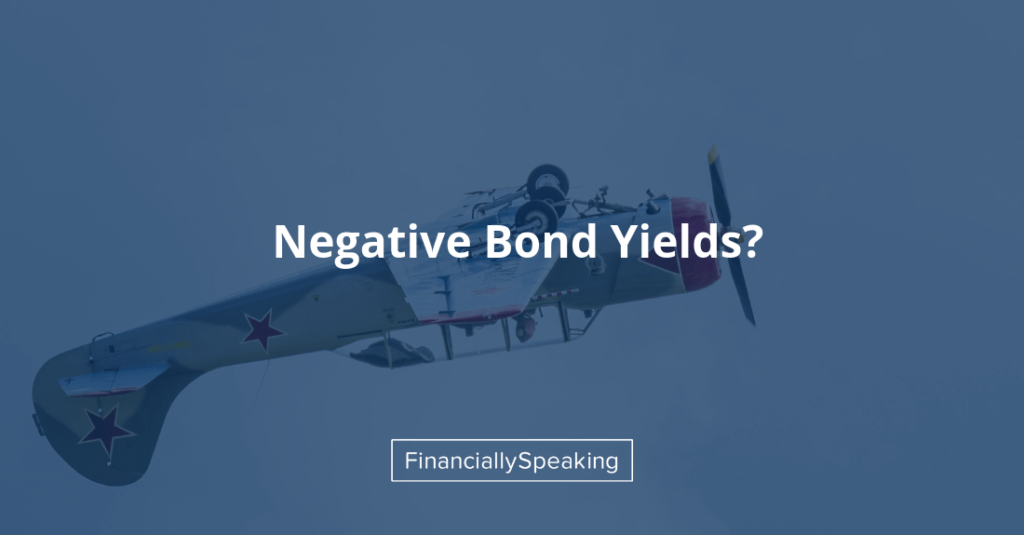Let's Make A Deal
I’m gonna make you an offer you can’t refuse:
- Invest 100 Euros in German government bonds, receive no interest, and then in 10 years, get back 95.
- Do you prefer Swiss Francs? In that case, you can turn 100 Swiss Francs into 92 after 10 years.
- Or, 10-year Japanese bonds may be a better option as 100 Yen will get you back 98.
You may not think these 10-year bonds are a great deal but someone does as investors have bought trillions (with a “t”) of dollars of bonds with negative yields.
Sound crazy? It does to me.
Here’s a simple model to understand negative bond yields:
- Central banks (such as the US Fed and the European Central Bank) set the level of short-term interest rates.
- Typically, they lower these short-term rates to stimulate the economy and raise rates if they need to restrain excess inflation.
- Japan and much of Europe face multiple economic challenges of slow growth, aging and shrinking populations, and risk of deflation.
- Lowering short-term interest rates to zero has not been enough stimulus to jolt these economies back into economic growth so the central banks have pushed short-term rates to negative values.
- They hope consumers and businesses will spend and invest their savings, rather than watch their balances slowly erode from earning negative yields.
Negative long-term interest rates reflect investor expectations that central banks will keep short-term interest rates negative for many years to combat these economic challenges. US interest rates remain positive for now but who knows what lies ahead for us. Just this past week the Fed cut rates for the first time since the Great Recession ended. It’s unlikely to be the last rate cut.
PS: In a previous note, I explained the A,B,C’s of Bonds and you can learn more about the basics of bonds there.
Update: Bloomberg reports that in Denmark, home mortgage rates are now slightly negative. Go figure.
